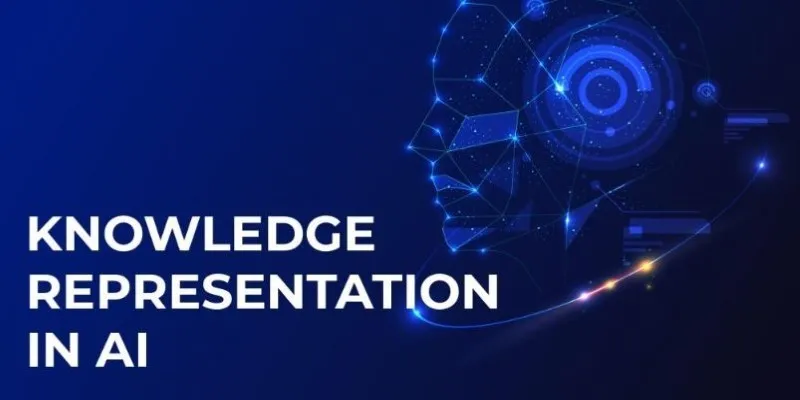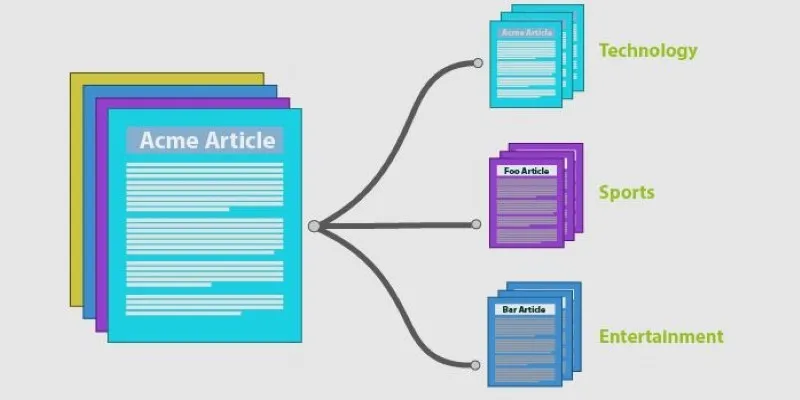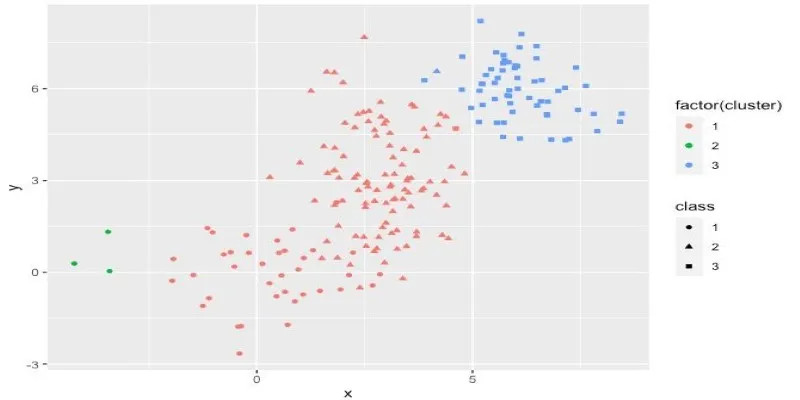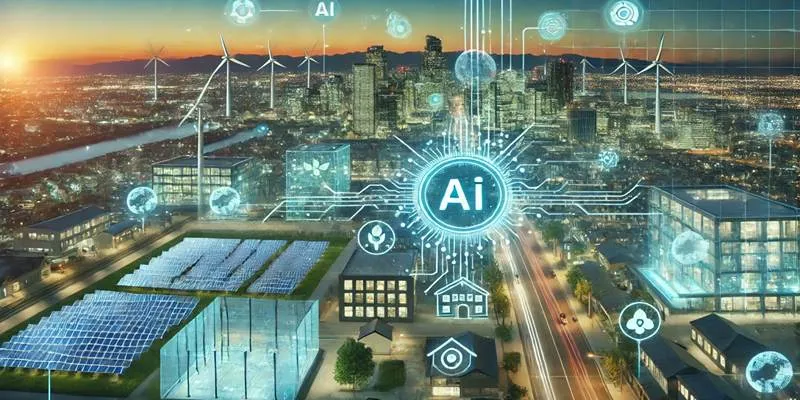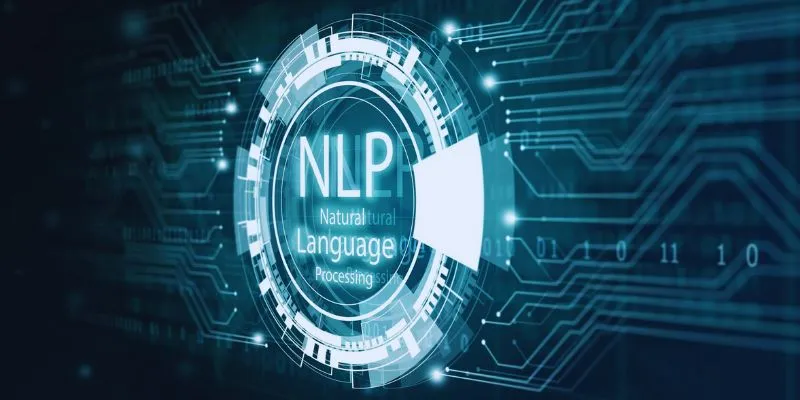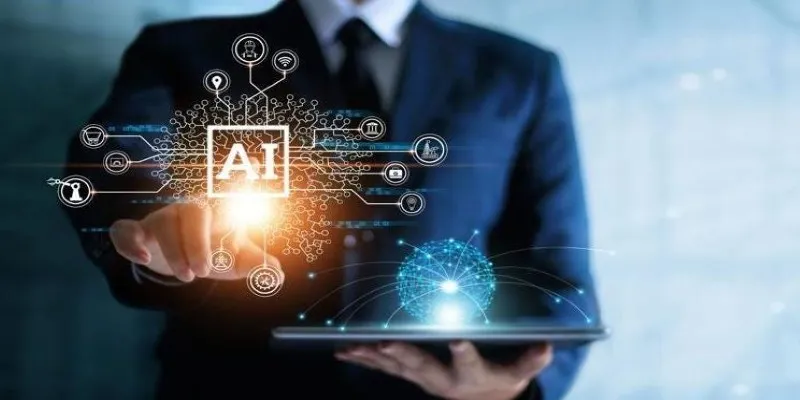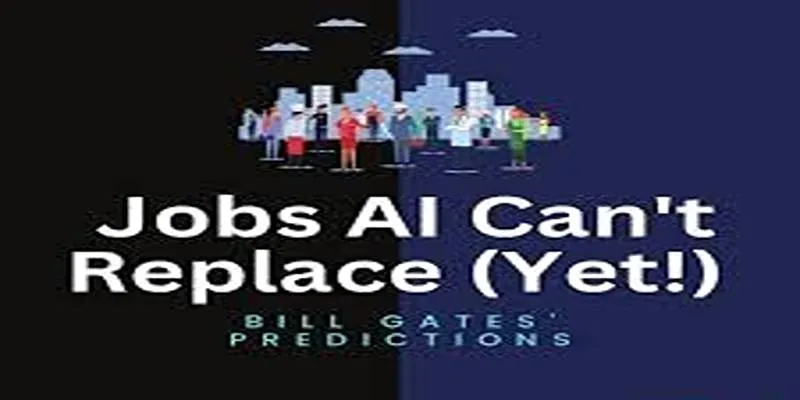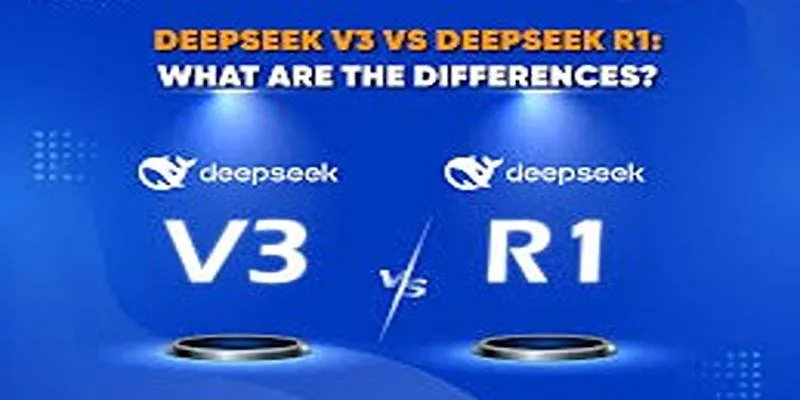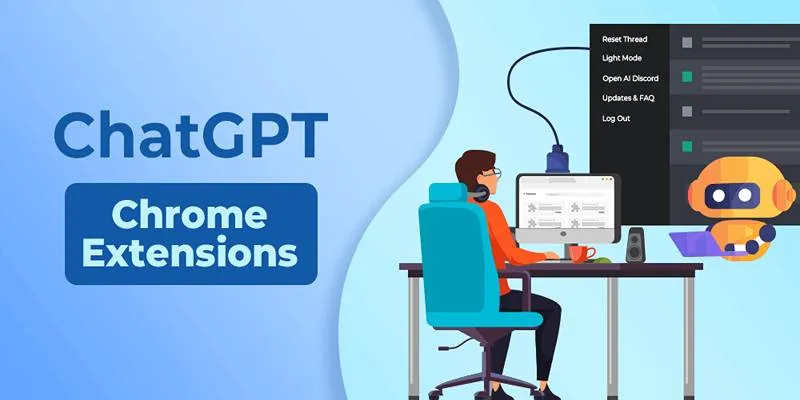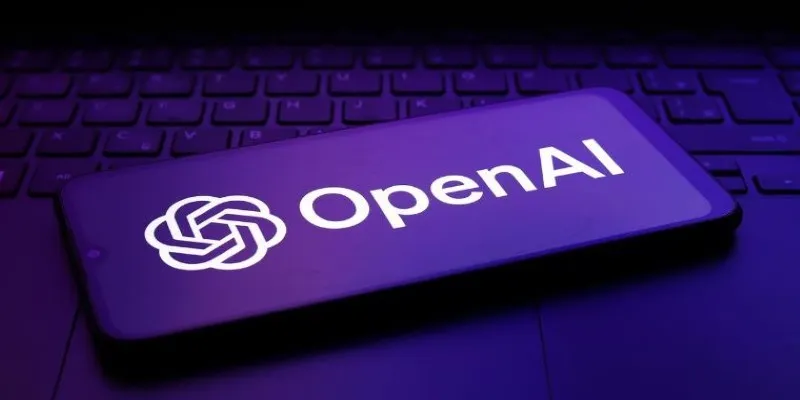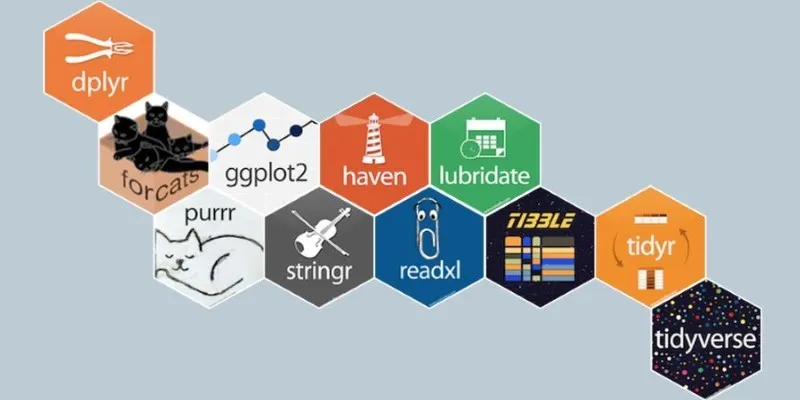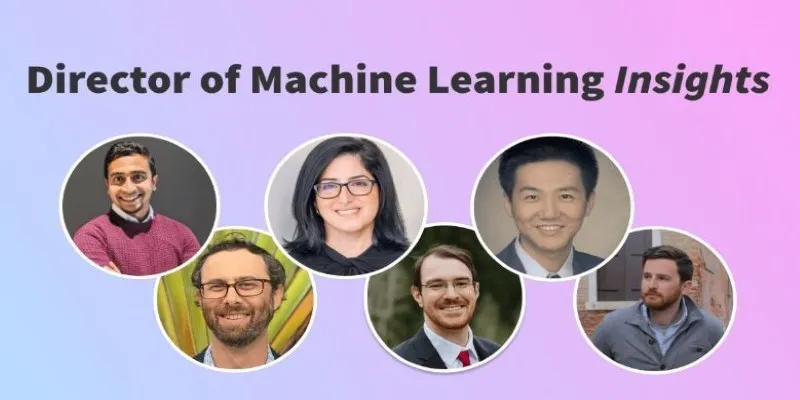Natural Language Processing (NLP) is a fascinating field of artificial intelligence focused on teaching machines to understand and process human language. It enables computers to interpret words, recognize meanings, and even generate responses that mimic human interaction. A critical component of NLP is the concept of an “entity,” which identifies key pieces of information, such as names, dates, locations, and abstract concepts, to make sense of language.
But what exactly is an entity in NLP, and why does it matter? Understanding entities is essential to grasping how modern AI models handle language, extract information, and enhance human-to-machine interactions.
Defining an Entity in NLP
An entity in NLP is a distinct and meaningful element within a text. It could be a name, location, number, or even an idea significant within a specific context. For example, in the sentence, “Elon Musk founded Tesla in 2003,” the terms Elon Musk (an individual), Tesla (an entity), and 2003 (a year) are all entities. Identifying these entities helps NLP models comprehend the text and extract relevant information.
Entities are classified into various categories based on their nature. Named entities represent proper nouns like personal names, business names, and geographical locations. Numerical entities include numbers, dates, percentages, and monetary values. Depending on the application, there are also more abstract entities, like product names, biological terms, or legal citations. Detecting these entities allows AI systems to refine search engines, facilitate customer support, and enhance document classification.
To extract entities from text, NLP employs a technique known as Named Entity Recognition (NER). This technique assists in recognizing words or phrases that belong to predefined categories. For example, an AI model trained on medical texts would recognize “Aspirin” as a drug entity and “Hypertension” as a disease entity. The ability to accurately identify entities is what powers chatbots, voice assistants, and recommendation systems.
The Role of Entities in NLP Applications
Entities are crucial in AI-driven applications that rely on language comprehension. Search engines use entity recognition to understand queries beyond simple keyword matching. For instance, in “Best Restaurants in New York,” “restaurants” are identified as a category and “New York” as a location entity, helping the system return relevant results. Similarly, virtual assistants like Siri and Alexa process spoken commands by recognizing entities. When a user says, “Set an alarm for 7 AM tomorrow,” the AI identifies “7 AM” as a time entity and “tomorrow” as a date entity, ensuring accurate scheduling.
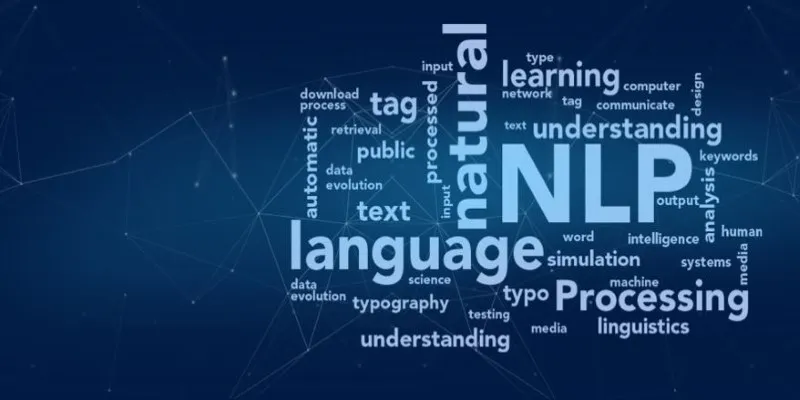
Customer support automation is another significant application. AI-powered chatbots use entity recognition to process queries efficiently. If a customer inquires, “Where is my order #12345?” the system detects “12345” as an order number entity and retrieves relevant details. In finance and law, entities help extract key details like contract dates and client names, improving document analysis.
In healthcare, NLP models recognize entities such as symptoms, diseases, and medications. If a medical record states, “Patient diagnosed with diabetes and prescribed Metformin,” the AI identifies “diabetes” as a disease entity and “Metformin” as a drug entity. This enhances diagnosis, treatment planning, and medical research efficiency.
Challenges in Entity Recognition
Entity recognition has made significant progress, but challenges remain. One of the biggest obstacles is context sensitivity. Words can have multiple meanings depending on their usage. For example, “Apple” could refer to the fruit or the tech company. NLP models must analyze surrounding words to determine the correct interpretation. This issue is particularly problematic in industries like law, medicine, and finance, where specialized terms often carry multiple meanings.
Another challenge is dealing with spelling variations, abbreviations, and informal language. Social media, chat messages, and user-generated content often contain misspellings, slang, or shorthand that complicate entity recognition. For example, in “Dr. Smith works at St. Mary’s,” the AI must recognize that “St. Mary’s” refers to a hospital rather than a person’s name. While deep learning and context-aware models have improved accuracy, errors still occur.
Multilingual entity recognition adds another layer of complexity. Different languages follow unique grammar rules and word structures. Some languages lack capital letters to differentiate proper nouns from common words, making entity identification harder. Training NLP models for multiple languages requires large datasets and continuous refinement to improve recognition accuracy across global applications.
The Future of Entity Recognition in NLP
Entity recognition is advancing rapidly, driven by deep learning and cutting- edge NLP models like BERT and GPT. These transformer-based models improve contextual understanding, making entity extraction more accurate and reliable. By analyzing vast amounts of text, they identify patterns and relationships, enhancing AI’s ability to process language.

A breakthrough is domain-specific entity recognition, where AI models are tailored for industries like healthcare, law, and finance. For example, legal AI tools can extract key clauses from contracts, while financial models detect fraud by analyzing transaction data. This specialization improves accuracy in industry-specific applications.
Real-time entity recognition is another promising development, allowing AI to process text instantly. It aids in customer service, security monitoring, and news aggregation by identifying critical entities in real time. Future advancements will likely involve hybrid AI models that merge rule-based and deep learning approaches alongside improved multilingual processing, making NLP systems more precise and efficient across different languages.
Conclusion
Entities are essential in NLP, enabling machines to extract meaningful information and process language efficiently. They play a key role in search engines, customer support, healthcare, and more. While challenges like context sensitivity and multilingual recognition persist, advancements in deep learning continue to enhance accuracy. As AI evolves, entity recognition will become even more precise, improving interactions between humans and machines. With ongoing innovations, entities will remain the foundation of smarter and more effective language-processing systems.
 zfn9
zfn9


